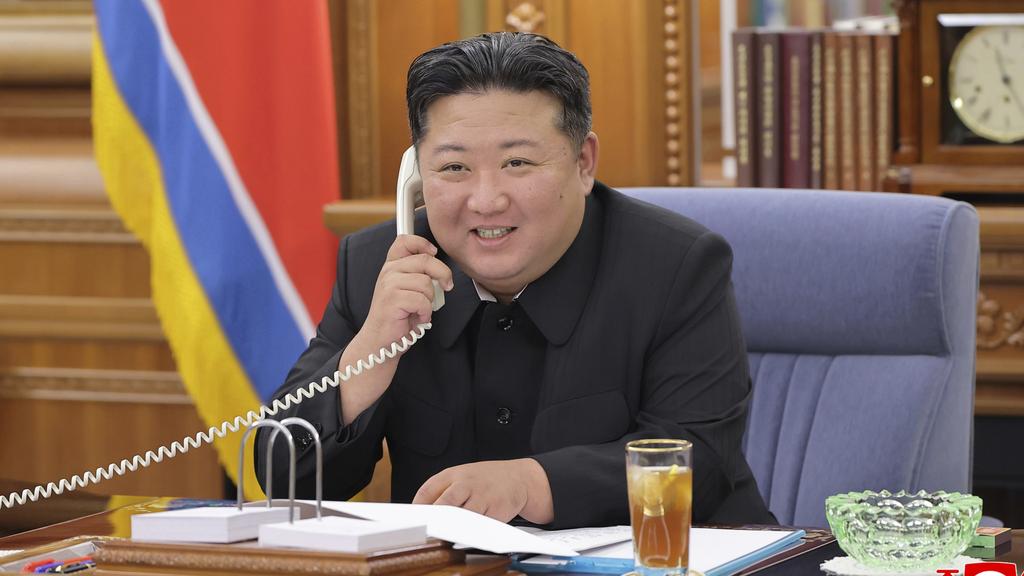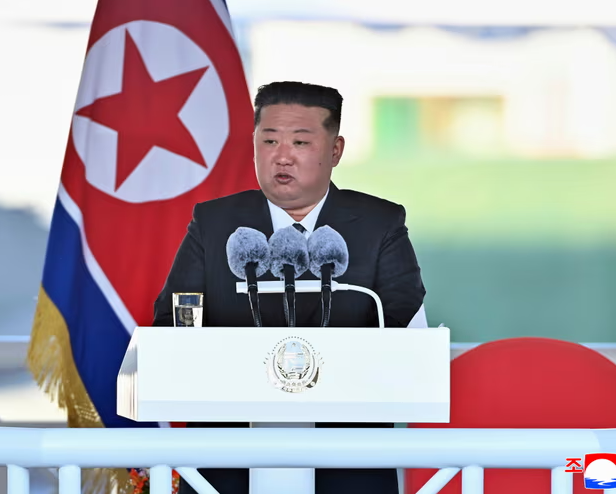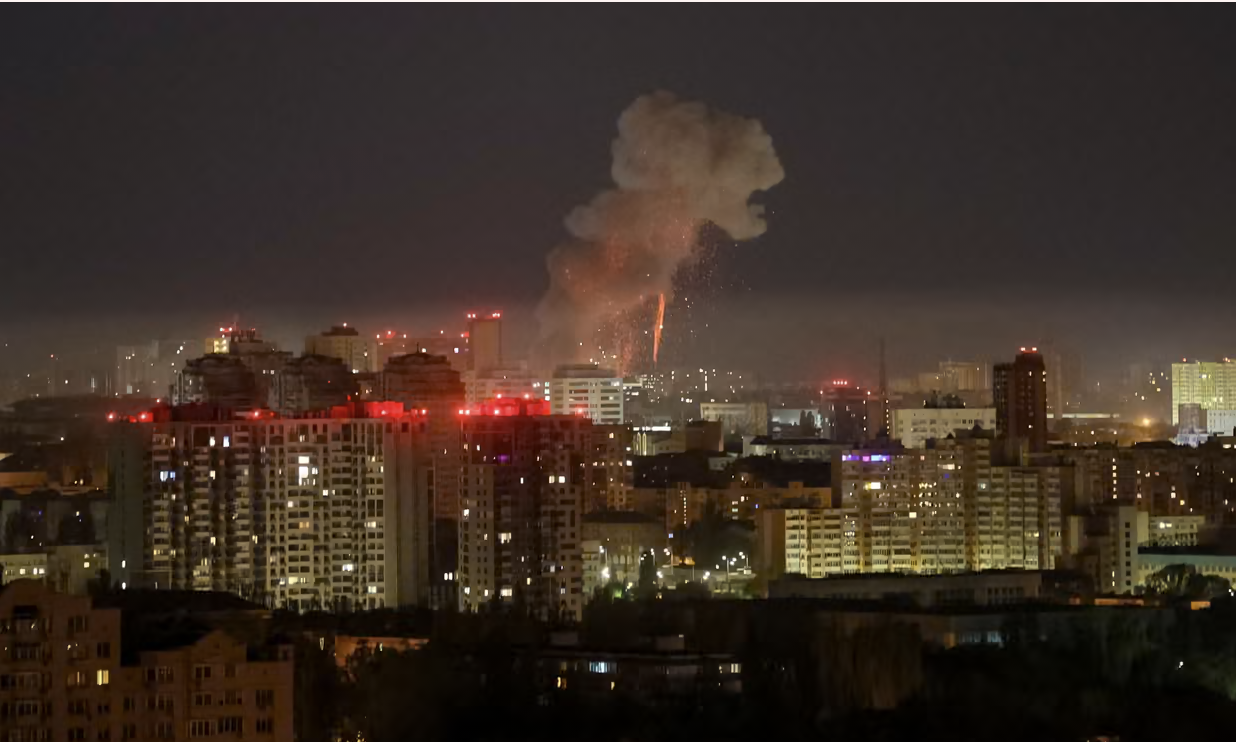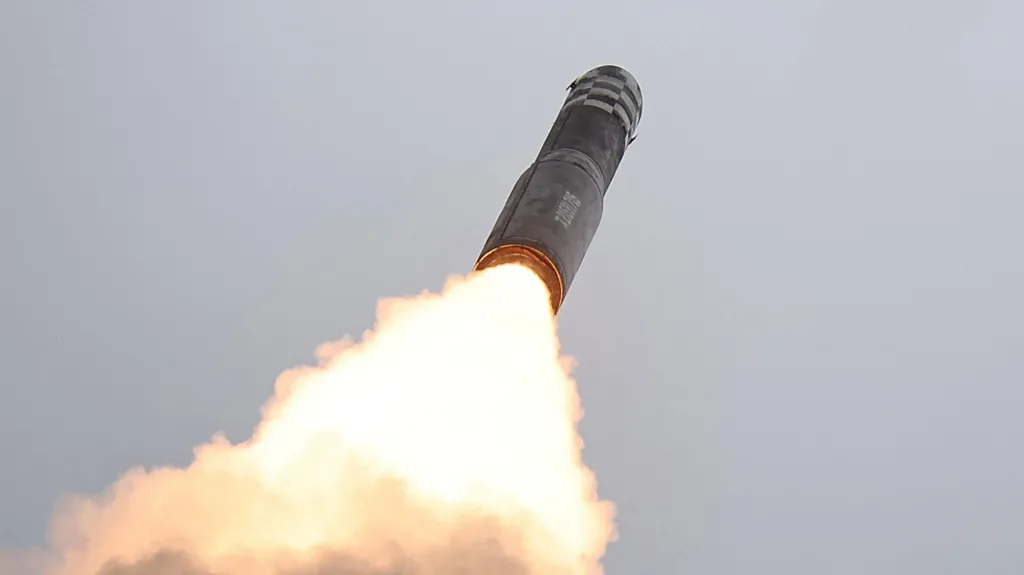
This article is more than
8 year oldSeoul touts graphite bomb capable of knocking out N. Korean power grid
The graphite bomb is a non-lethal munition used to disable enemy power grids. It contains fine carbon filaments, which form a dense cloud when the bomb explodes. The carbon fibers stick to power lines, causing shortcuts and disruption of the power supply. The bomb, however, is said to be ineffective against insulated power cables, and it also can be countered by simply shutting down the grid until the carbon cloud settles.
The weapon has been developed by the South Korean Agency for Defense Development as part of the so-called “Kill Chain” program – a pre-emptive strike doctrine against the North.
Cluster graphite warheads were fitted to Tomahawk cruise missiles during the 1990 Gulf War, depriving Iraq of 85 percent of its power supply, according to the Global Security think tank. A freefall variant of the munition, the BLU-114/B graphite cluster bomb, was used in 1999 during NATO’s attack on Serbia. The bombs affected 70 percent of the country’s power supply, but as Serbs promptly restored the grid, BLU-114/Bs were used again to hamper their repair efforts. Afterward, NATO switched to using conventional munitions against the Serbian power grid.
READ MORE: N. Korea praises ‘deterrent’ nukes as Trump continues to dismiss talks




